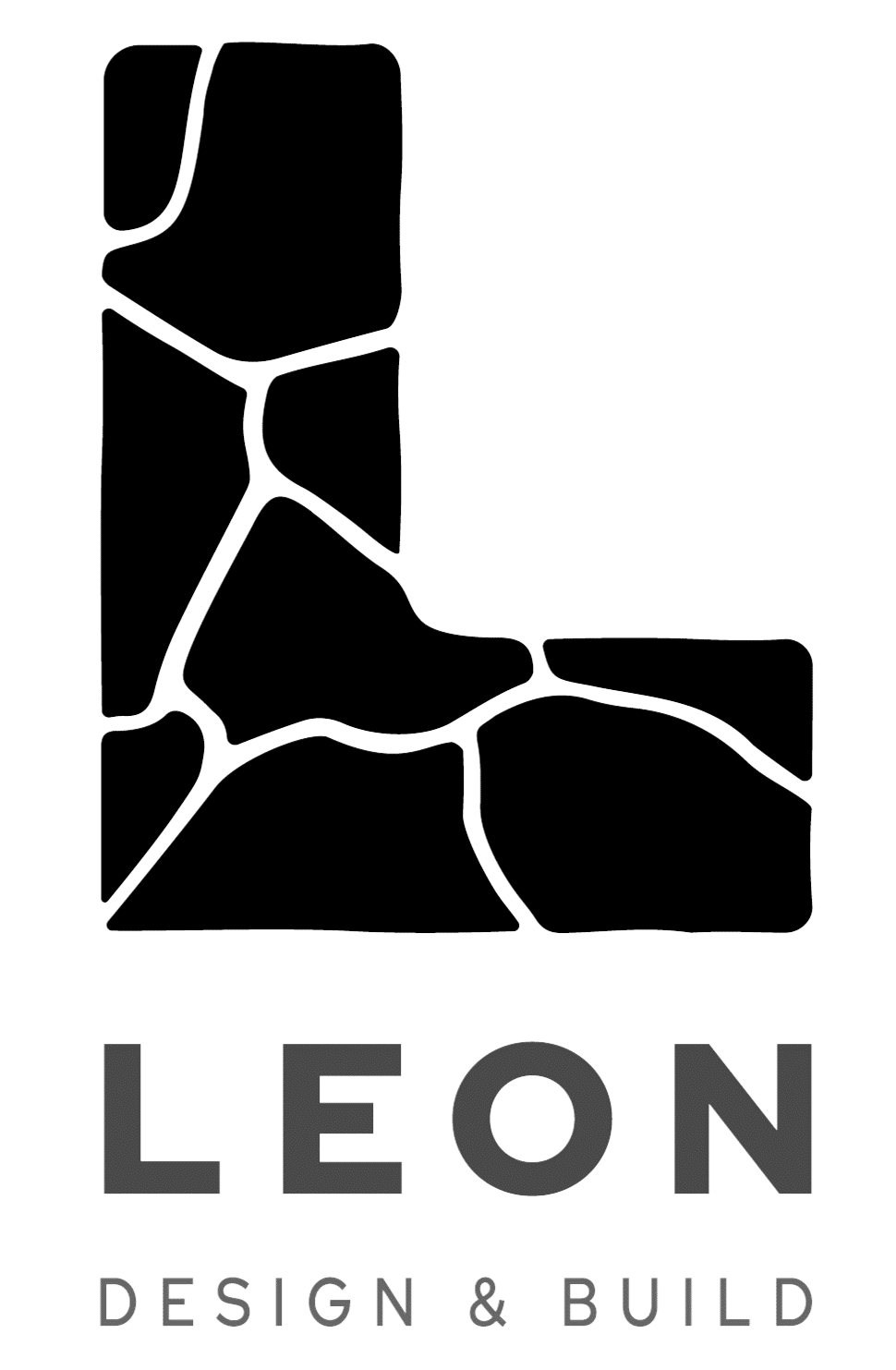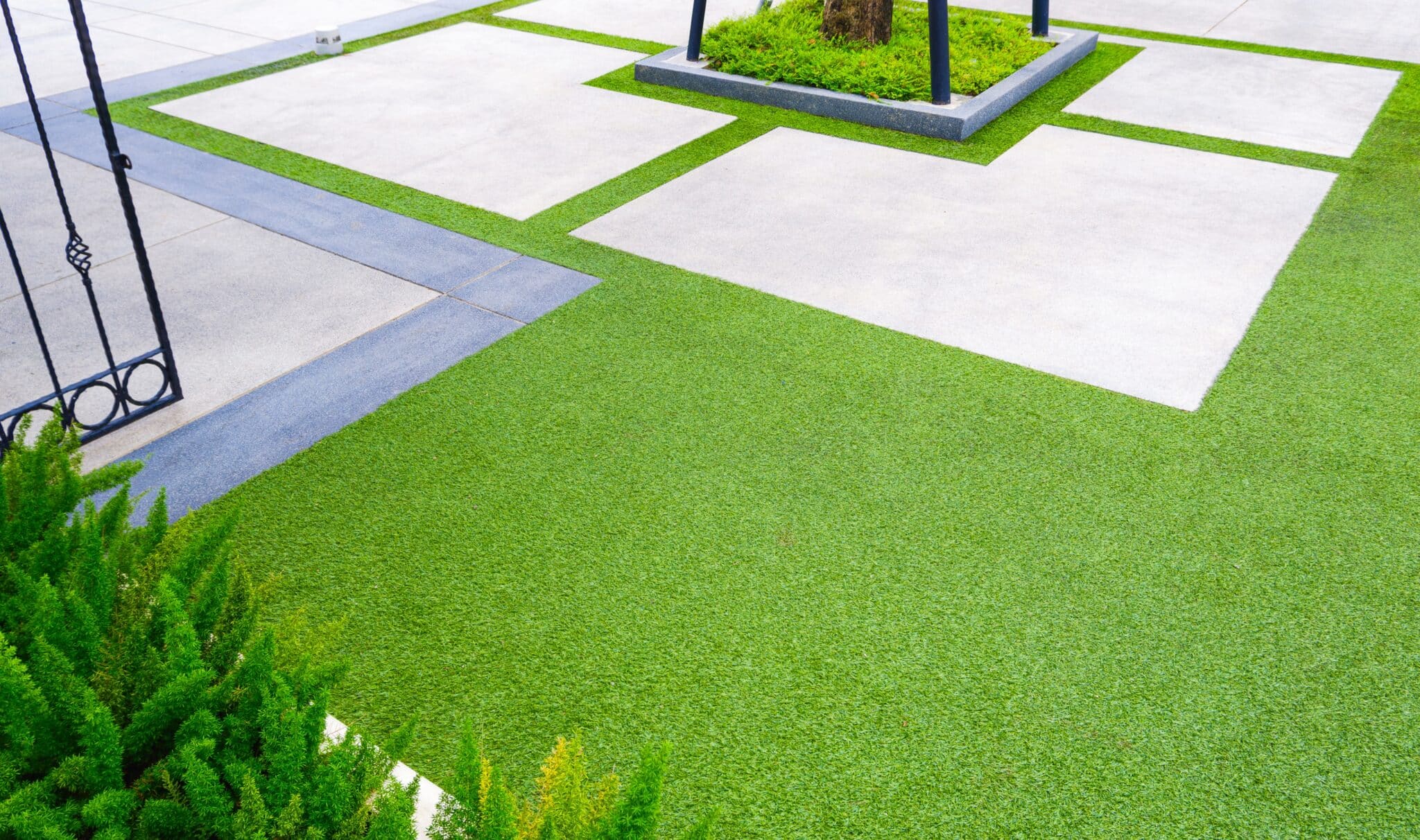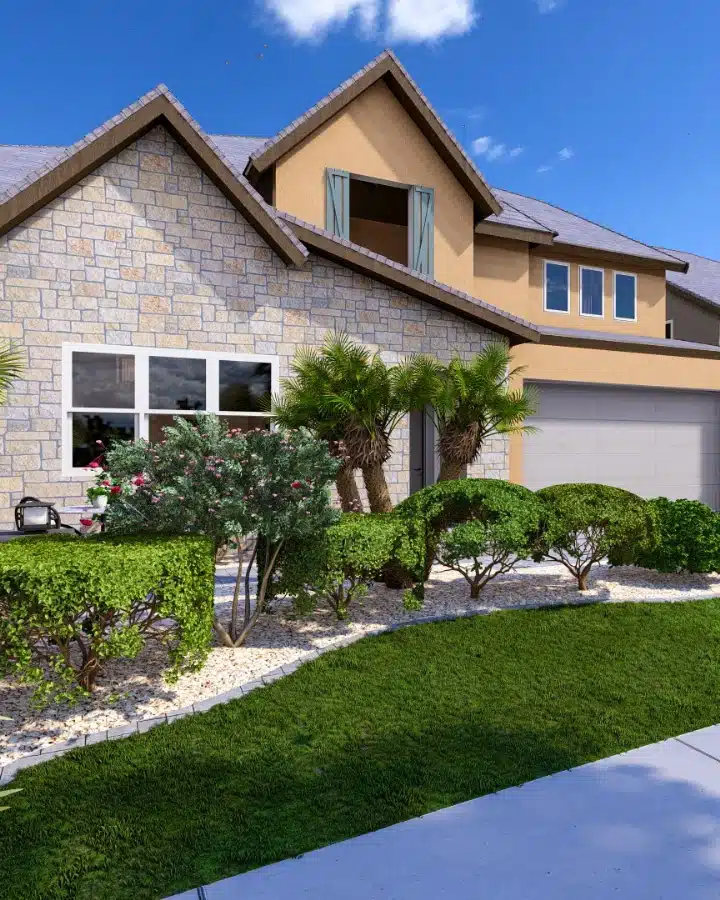Artificial turf is a fantastic solution for homeowners and businesses looking to achieve a lush, green lawn without the hassle of maintenance. Whether designing a backyard retreat, a commercial space, or a sports field, choosing the right surface for artificial turf installation is crucial for longevity, performance, and aesthetics.
In this guide, we’ll explore the various surfaces that serve as a base for artificial grass, their advantages, and why working with a Remodel Contractor in San Diego and Outdoor Living Contractors in San Diego is essential for a flawless installation.
Why Choosing the Right Surface Matters
Before diving into the specific surface types, let’s first understand why the base layer is critical. The surface underneath your artificial turf determines the following:
Drainage efficiency – A proper base prevents water pooling and ensures quick drying.
Turf longevity – A stable, well-compacted surface reduces movement and wears over time.
Comfort and safety – The right base creates a cushioned, even surface, reducing trip hazards.
Aesthetic appeal – An uneven base can lead to wrinkles or an unnatural appearance on your turf.
Now, look at the common surfaces used for artificial turf installation.
1) Compacted Soil
In some cases, artificial turf can be installed directly over compacted soil, especially in residential yards where drainage isn’t a major concern.
Pros
– Natural look and feel
– Cost-effective option
– Minimal preparation required
Cons
– Poor drainage compared to other bases
– Potential for weeds to grow through
– Can shift over time, leading to an uneven surface
Best Use Case
Compacted soil is ideal for temporary installations or areas where a soft, natural feel is preferred, such as a children’s play area.
2) Crushed Granite or Decomposed Granite (DG)
Crushed or decomposed granite (DG) is a popular base material due to its stability and excellent drainage properties. DG consists of fine particles that compact well, allowing water to pass through.
Pros
– Great drainage capabilities
– Strong and durable foundation
– Reduces weed growth
Cons
– Requires proper grading to prevent uneven settling
– Can become hard over time, reducing cushioning
Best Use Case
DG is preferred for backyards, patios, and commercial spaces where durability is a priority. Home Remodeling Contractors San Diego often recommend this material for long-term projects.
3) Class II Road Base
Class II road base blends crushed rock and fine particles that create a solid foundation. It is one of the most commonly used bases for artificial turf installations.
Pros
– Excellent stability and support
– Prevents shifting and sinking over time
– Provides a smooth and level surface
Cons
– Can be more expensive than other options
– Requires professional installation for proper compaction
Best Use Case
Class II road base is ideal for high-traffic areas, including sports fields and commercial landscapes. Home Improvement Contractors in San Diego often use this material for its durability.
4) Sand Base
A sand base is another widely used option for artificial turf installations. It helps with drainage and provides a softer feel underfoot.
Pros
– Affordable and easy to install
– Provides some cushioning for comfort
– Helps with leveling the turf
Cons
– Can shift over time, leading to uneven surfaces
– May require periodic maintenance to remain stable
Best Use Case
A sand base works well for residential lawns, greens, and low-traffic areas where comfort is a priority.
5) Gravel Base
Gravel, particularly pea gravel or crushed gravel, is used in installations requiring extra drainage. It is often layered beneath other base materials.
Pros
– Superior drainage, preventing water buildup
– Provides a solid foundation when compacted correctly
– Resistant to weed growth
Cons
– Can be uncomfortable underfoot if not properly leveled
– Needs additional compaction to prevent shifting
Best Use Case
Gravel bases are commonly used for sports fields, pet areas, and backyards where efficient drainage is necessary.
6) Concrete or Asphalt Base
Artificial turf can be installed over concrete or asphalt surfaces, such as patios, driveways, and rooftops. Special adhesives are used to secure the turf in place.
Pros
– Perfectly even surface for turf application
– No risk of shifting or sinking
– Low maintenance and long-lasting
Cons
– Limited drainage—may require perforations for water flow
– Hard surface with no cushioning unless padding is added
Best Use Case
Concrete and asphalt bases are great for urban landscapes, commercial spaces, and rooftop gardens. Outdoor Living Contractors in San Diego often recommend this option for modern outdoor designs.
7) Rubber Base (Shock Pads)
Rubber shock pads are installed beneath artificial turf to provide extra cushioning and safety. These are often used in playgrounds and sports fields.
Pros
– Maximum comfort and impact absorption
– Reduces risk of injuries from falls
– Works well for athletic and recreational areas
Cons
– Higher cost compared to other bases
– Requires professional installation for best results
Best Use Case
This base is ideal for children’s play areas, dog parks, and sports facilities where safety is a top priority.
Factors to Consider When Choosing a Base
Now that you know the different surfaces used for artificial turf installation, here are some key factors to consider before making your choice:
Drainage Requirements – If your area gets a lot of rain, opt for a base with excellent drainage, like gravel or DG.
Traffic Levels – High-traffic areas require durable bases like Class II road bases or concrete.
Comfort & Safety – Playgrounds and sports fields benefit from rubber shock pads.
Budget – Some bases are more affordable, like sand, while others, like rubber pads, come at a higher cost.
Why Work with Professional Contractors?
Choosing the right base for artificial turf installation is just one part. Hiring a Remodel Contractor in San Diego or Outdoor Living Contractors in San Diego is highly recommended to ensure a flawless and long-lasting installation.
Here’s why:
Expert Grading & Leveling – Professionals ensure the base is evenly graded to prevent drainage issues.
Proper Compaction – Using the right tools, contractors compact the base to prevent shifting over time.
Efficient Installation – Professionals handle the process seamlessly, from laying the turf to securing seams.
Long-Term Durability – A professionally installed base extends the lifespan of your artificial grass.
Final Thoughts
Artificial turf installation isn’t just about laying down synthetic grass—it’s about creating a stable, durable, and aesthetically pleasing foundation. Whether you choose compacted soil, gravel, DG, or even a concrete base, selecting the right surface is essential for longevity and performance.
If you’re considering artificial turf for your home or commercial space, working with experienced Home Remodeling Contractors San Diego or Home Improvement Contractors San Diego ensures that every detail is handled professionally.
Ready to transform your outdoor space with artificial turf? Visit Leon Design and Build to explore your options and get started today!


